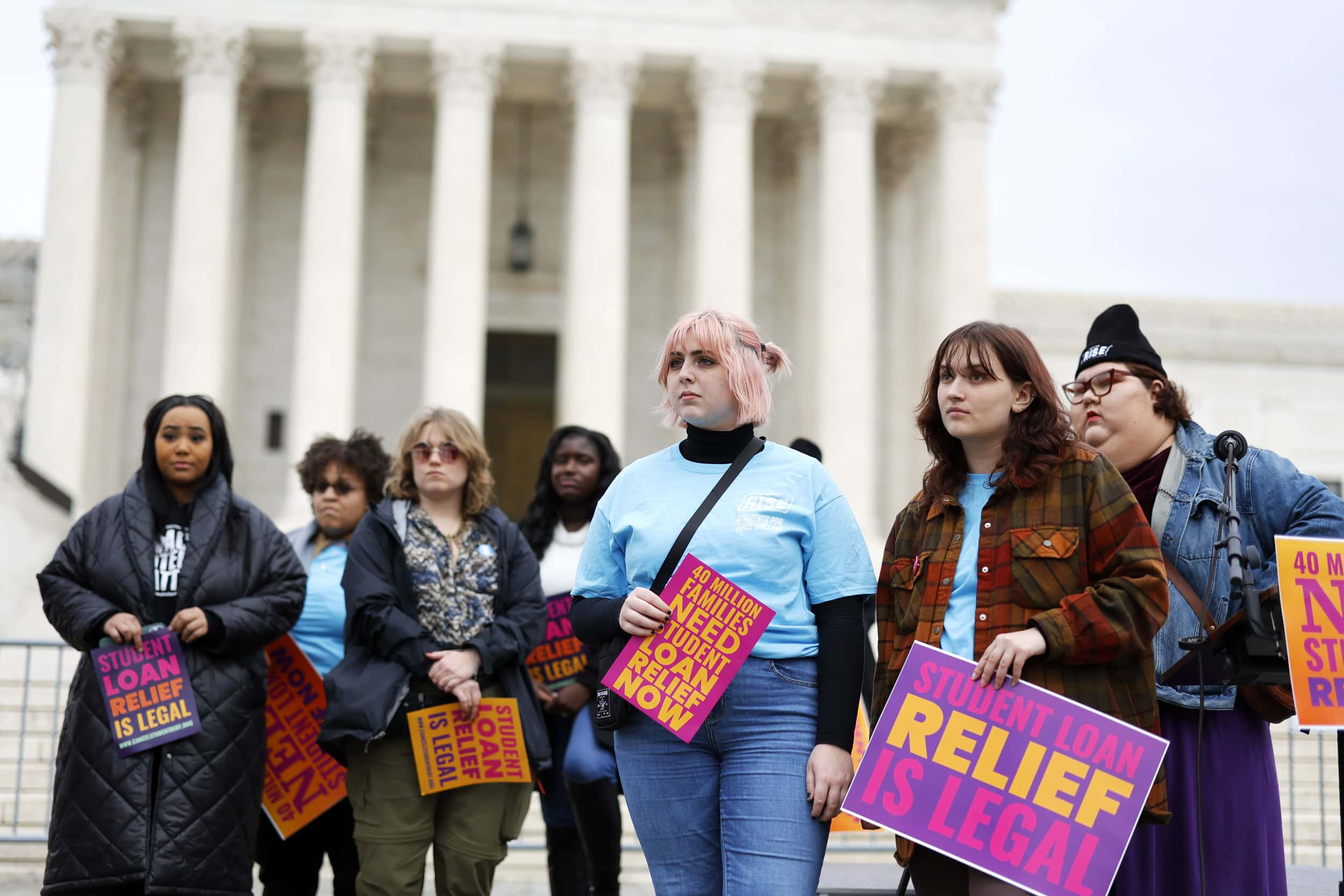This policy, which allows borrowers to benefit from fresh income-driven repayment plans, has sparked significant debate.

Seventeen Republican senators have united to challenge a key Biden administration policy aimed at reshaping federal student loan payments
Although the Democratic majority in the Senate likely means this resolution will face an uphill battle, it underscores that the contentious topic of student debt remains at the forefront of political discourse.
Several Republican senators argue that taxpayers should not bear the escalating burden of mounting college debt. Federal records reveal that the Department of Education has extended aid to more than 43 million borrowers, with assistance ranging from government-covered interest during college to full grants.
As of this week, a staggering 4 million borrowers have applied for the SAVE Plan, a program potentially saving each borrower around $2,000 annually in student loan payments. These Republican lawmakers reference a University of Pennsylvania study that predicts the plan could cost taxpayers approximately $559 million over the next decade.
Senator Bill Cassidy of Louisiana voiced his concerns, stating, “Once again, Biden’s latest student loan initiative merely shifts the burden from those who chose to take out loans to those who opted not to attend college, paid their own way, or responsibly cleared their debts.” He argues that their resolution aims to protect the 87% of Americans without student loan payments, who would otherwise shoulder the weight of what he deems an imprudent and unjust policy by the President.
The White House initially promoted these new plans as a remedy following the failure of its proposal to forgive up to $20,000 in student loan debt for low and middle-income borrowers
Under the previous system, borrowers using income-driven repayment plans for undergraduate loans were expected to allocate 10% of their discretionary income, with “discretionary income” defined as any income exceeding 150% of the poverty level.
Now, borrowers with only undergraduate loans will be required to allocate 5% of their discretionary income, and the threshold for discretionary income has been raised to 225% of the federal poverty level.
In practical terms, a family of four earning $70,000 annually in the contiguous United States, with an undergraduate loan, used to face an annual payment of around $2,500, equivalent to $208 monthly. Under the revised plan, their annual student loan payments would decrease to approximately $125, or just over $10 monthly.
READ ALSO: Oil Production Cuts Extended By Saudi Arabia And Russia, Boosting Global Energy Prices




